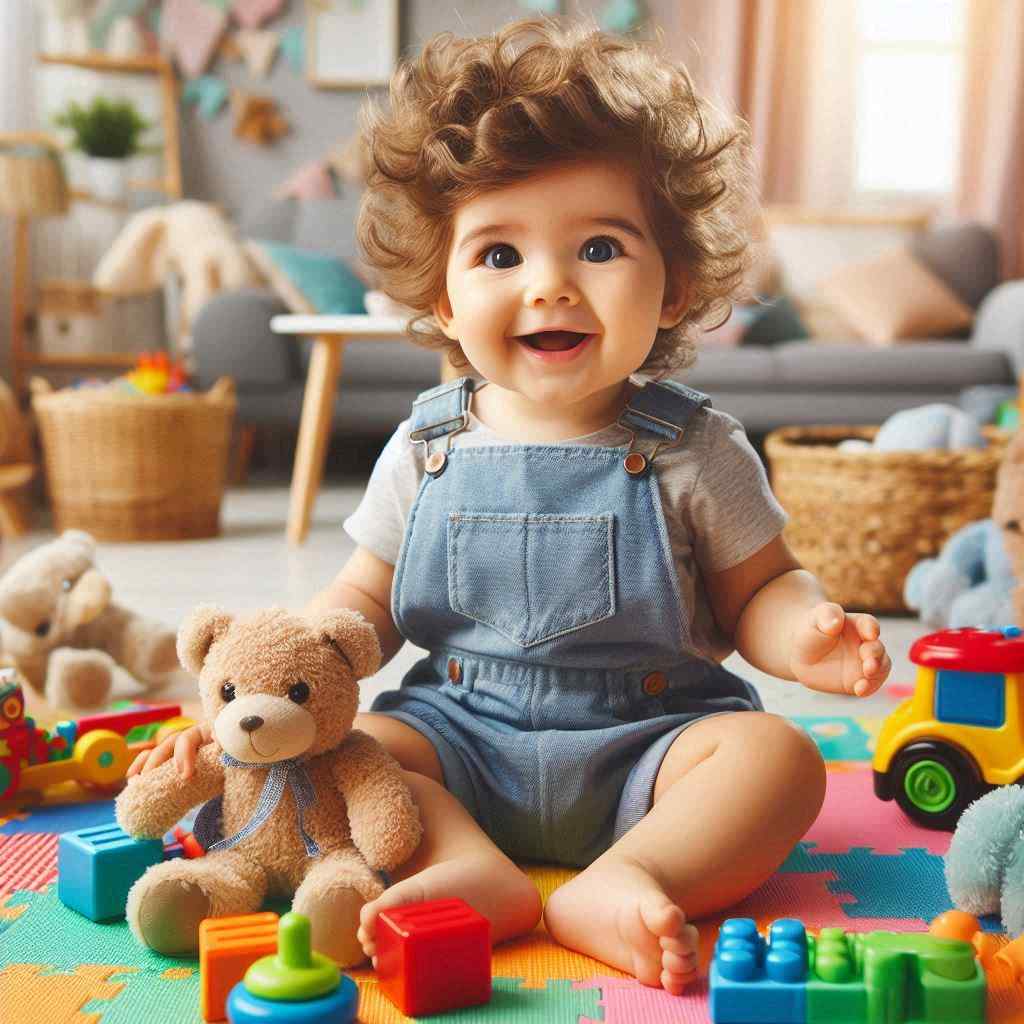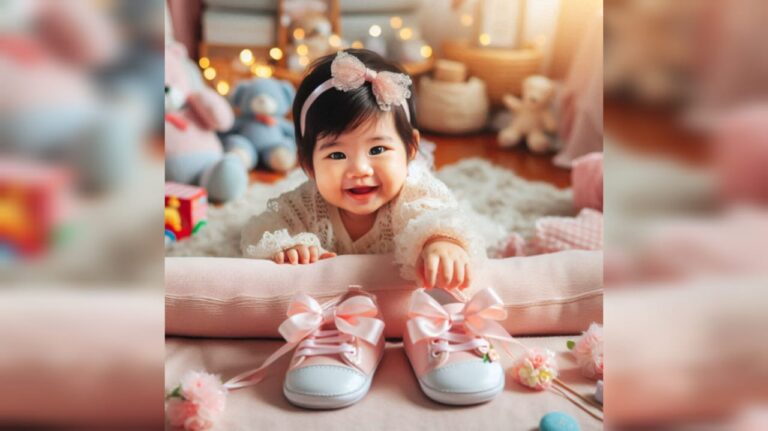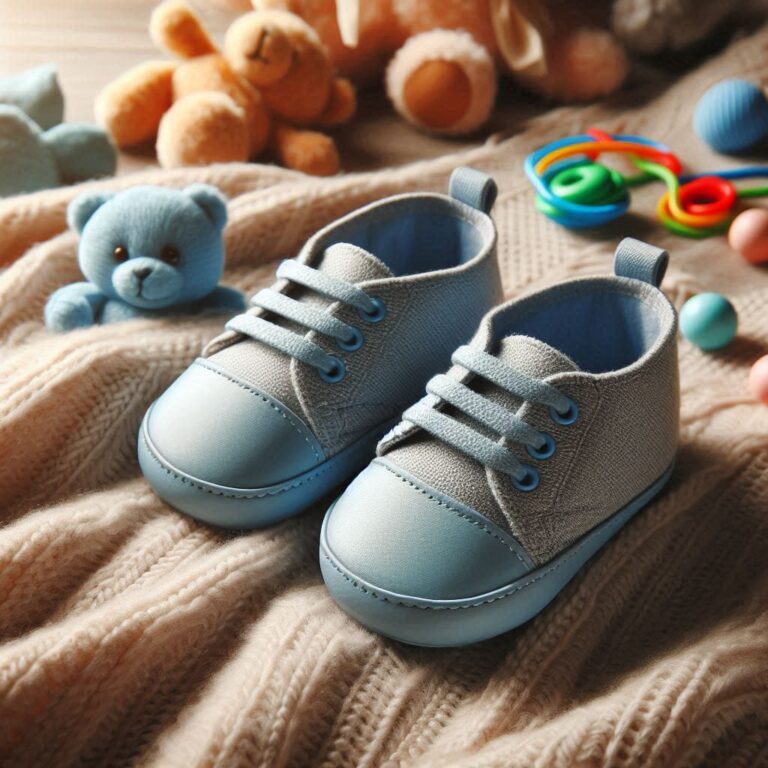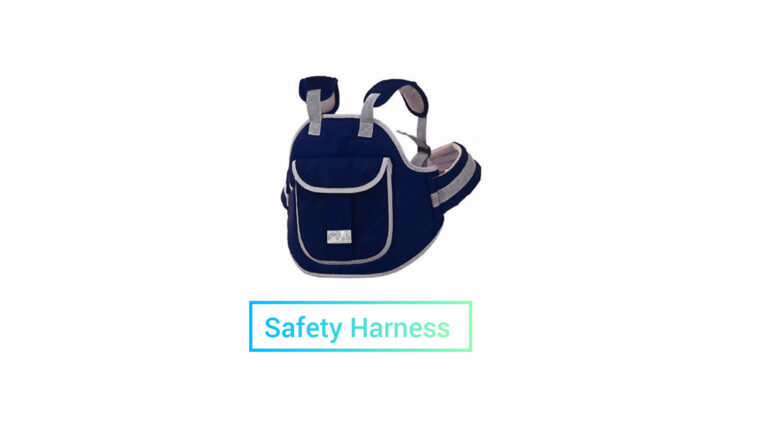When it comes to baby toys, parents often face an overwhelming array of options. From colorful rattles to plush animals, the choices are endless. But choosing the right toy isn’t just about keeping your little one entertained-it’s about fostering their development and ensuring their safety. This guide will help you navigate the world of baby toys, so you can pick the best options for your growing child.

Why Are Baby Toys Important?
Baby toys play a significant role in a child’s early years. They are more than just fun distractions – they are essential tools for cognitive, physical, and emotional development.
- Cognitive Development: Toys like puzzles, stacking blocks, and shape sorters encourage problem-solving and critical thinking.
- Motor Skills: Rattles, sensory balls, and teething toys improve hand-eye coordination and fine motor skills.
- Emotional Growth: Plush toys and dolls can provide comfort, helping babies learn to express and manage their emotions.
Key Factors to Consider When Choosing Baby Toys
1. Safety Comes First
Safety is the top priority when selecting toys for babies. Here are some tips:
- Avoid toys with small parts that could be a choking hazard.
- Ensure the material is non-toxic and BPA-free.
- Check for sharp edges or loose components that could harm your baby.
2. Age Appropriateness
Always choose toys designed for your child’s age group. Manufacturers often label toys with age recommendations, which can guide you in selecting items that match your baby’s developmental stage.
3. Durability
Babies are naturally curious, which means their toys must withstand chewing, throwing, and other forms of rough play. Look for durable materials that can handle wear and tear.
4. Multi-Sensory Stimulation
Toys that engage multiple senses are highly beneficial for infants. Opt for items with different textures, sounds, and colors to enhance their sensory experiences.
Top Categories of Baby Toys
1. Newborn Toys (0–3 Months)
During the first three months, babies rely heavily on their senses to explore the world. Some great options include:
- Soft Mobiles: Hang them above cribs to stimulate visual tracking.
- Crinkle Books: These lightweight books make sounds that captivate a newborn’s attention.
- High-Contrast Toys: Black-and-white toys are perfect for newborns, as their vision is still developing.
2. Infant Toys (3–6 Months)
At this stage, babies become more active and start exploring their surroundings. Ideal toys for this age group include:
- Teething Rings: Soothes sore gums during teething.
- Activity Gyms: Promote tummy time and encourage reaching and grabbing.
- Rattles: Help improve motor skills and auditory perception.
3. Crawlers and Sitters (6–12 Months)
As babies learn to sit, crawl, and stand, toys that encourage movement and exploration become essential:
- Stacking Cups: Great for building hand-eye coordination.
- Push Toys: Support babies as they take their first steps.
- Musical Toys: Instruments like xylophones or keyboards can inspire a love of music.
Benefits of Educational Baby Toys
Investing in educational toys can give your child a developmental edge. Here’s why:
- Boosts Creativity: Open-ended toys like building blocks encourage imaginative play.
- Encourages Social Skills: Playing with others fosters teamwork and communication.
- Develops Language Skills: Toys that include letters, numbers, and words can introduce basic literacy concepts.
Conclusion
Choosing the right baby toys doesn’t have to be overwhelming. By focusing on safety, developmental benefits, and age-appropriateness, you can create a fun and enriching playtime experience for your child. Remember, toys aren’t just for entertainment—they’re vital tools for learning and growth.
With this guide, you’re well-equipped to pick the best toys that will delight and nurture your little one at every stage of their early development.



